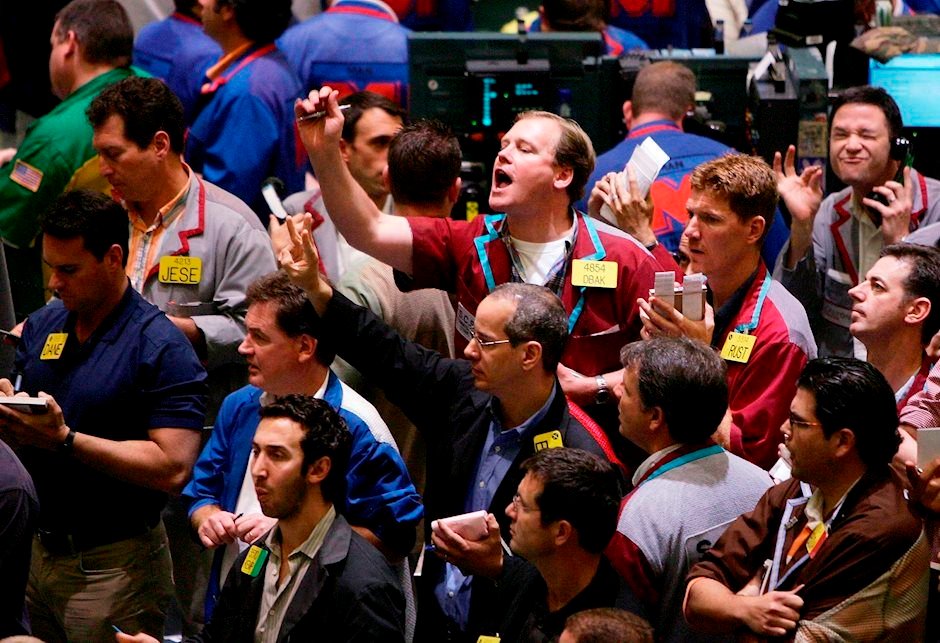Contents
In a surprising turn of events, the dollar ebbed on Monday, prompting investors to reconsider their expectations of early rate cuts by the Federal Reserve. This shift in market dynamics was spurred by China’s central bank decision to maintain its medium-term policy rate, causing the yuan to fall to a one-month low.
Highlights:
- China’s central bank surprised markets by keeping interest rates unchanged, causing the yuan to fall to a one-month low.
- Investors are reconsidering their expectations of early rate cuts by the Federal Reserve.
- The euro and sterling rose slightly, while the dollar ebbed
- Yen remains under pressure as expectations are that Bank of Japan will maintain loose policy settings.
- Australian dollar edged higher, while New Zealand dollar ebbed.
- Market dynamics could continue to unfold, with Wednesday’s data release on China’s economy anticipated to reveal weak momentum.
- Taiwan dollar fell to a more than three-week low following the Democratic Progressive Party’s victory in the presidential election.
- Investors are closely monitoring central bank actions and economic indicators, and keeping a keen eye on the potential for Fed rate cuts in the coming months.
Read more: China Economic Deflation: Challenges and PBoC’s Dilemma
Dollar Ebbed as China’s Central Bank Surprises Markets
The People’s Bank of China (PBOC) defied market expectations by keeping interest rates unchanged, contrary to predictions of a cut to support China’s post-pandemic economic recovery. This move led to the onshore yuan sliding to a one-month low of 7.1813 per dollar, with its offshore counterpart following suit.
The broader market is anxiously awaiting key economic indicators, including China’s fourth-quarter GDP, December industrial production, retail sales, and unemployment rate, scheduled for release on Wednesday. These data points are expected to provide further clarity on the outlook for the world’s second-largest economy.
Traders are also closely monitoring a reading on UK inflation later in the week, with a continued focus on when major central banks might initiate rate cuts this year.
Sterling slipped 0.1% to $1.2730, though it remained close to a two-week peak. The euro hovered near the $1.10 mark and was last 0.13% higher at $1.0964. The dollar index dipped 0.1% to 102.30, having drifted largely sideways in recent sessions.
Market Sentiment and Fed Rate Cut Speculations
Bets for Fed cuts this year, potentially starting as early as March, gained traction after Friday’s data revealed an unexpected fall in U.S. producer prices for December. This development sent Treasury yields sliding and heightened expectations of impending rate cuts. Market pricing now indicates a 78% chance that the U.S. central bank will commence easing rates in March, compared to a 68% chance just a week ago, according to the CME FedWatch tool.
In Asia, the yen remained under pressure at 145.15 per dollar, driven by expectations that the Bank of Japan is likely to maintain its ultra-loose policy settings at its upcoming policy meeting.
The Australian dollar, often considered a liquid proxy for the yuan, edged 0.13% higher to $0.6695. However, the New Zealand dollar slipped 0.11% to $0.6234.
Market Outlook
As market dynamics continue to unfold, Wednesday’s data release on the Chinese economy is anticipated to reveal weak momentum. This could act as a headwind for risk currencies like the Aussie and kiwi, signaling potential challenges in the coming days.
Meanwhile, the Taiwan dollar fell to a more than three-week low of 31.222 per U.S. dollar following the Democratic Progressive Party’s victory in the presidential election. While the election results were mostly within market expectations, analysts anticipate a potential impact on Taiwan’s stock market this week, fueled by concerns of policy paralysis and the market’s significant gains over the past year.
Conclusion
In conclusion, the global market landscape is marked by the dollar’s ebbing, with investors closely monitoring central bank actions and economic indicators, while keeping a keen eye on the potential for Fed rate cuts in the coming months.








